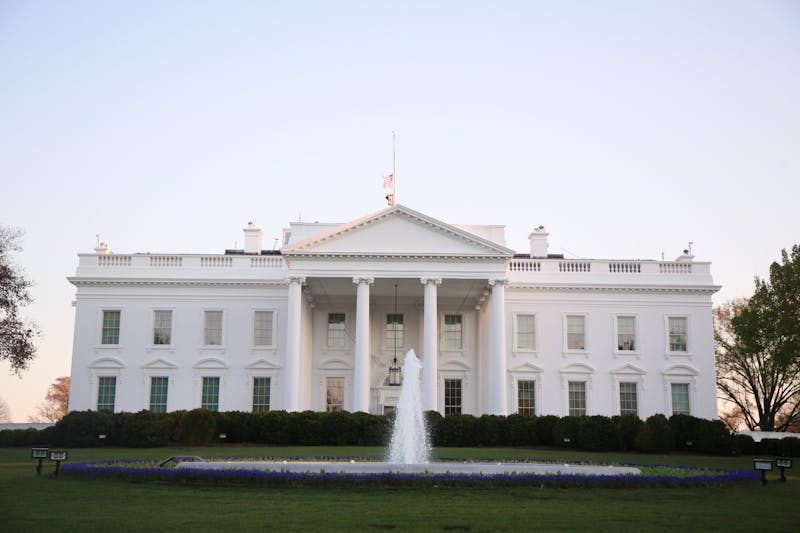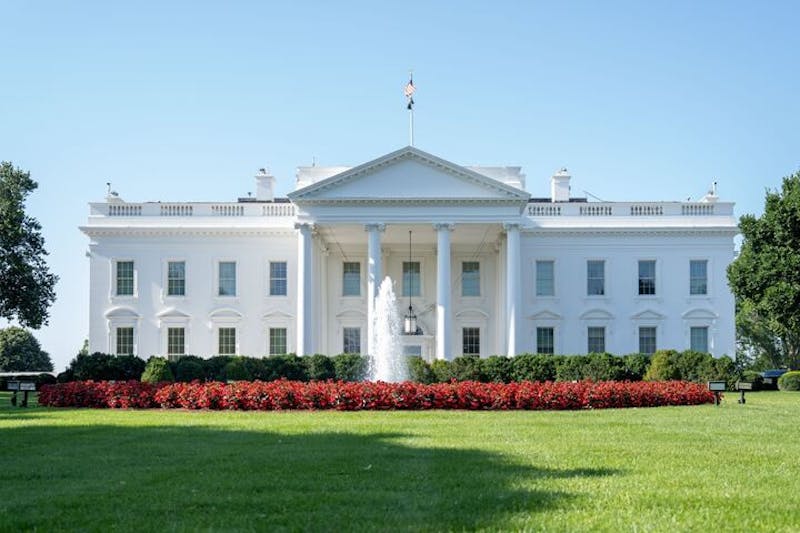
Penn Wharton Budget Model is a non-partisan research organization that evaluates the economic impact of fiscal policies.
Credit: Sukhmani KaurPenn Wharton Budget Model predicts that the United States' Social Security Trust Fund will deplete by 2036, without accounting for the economic fallout caused by the coronavirus pandemic.
PWBM ran projections with and without considering the impact of the pandemic, before releasing their results on May 28.
PWBM is a non-partisan research initiative within Wharton that provides an economic analysis of public policy's fiscal impact. Frequently cited by news sources and policymakers, the organization has released reports throughout the coronavirus crisis focusing on data of recession, employment, and health and economic effects of state reopenings.
PWBM decided to complete their own analysis of the Social Security Trust Fund after the annual Social Security Trustees Report was released, PWBM Director of Policy Analysis Richard Prisinzano said. Prisinzano served as the leader of this research project.
In the April 22 report, trustees of the Social Security fund announced they expect the Social Security Trust Fund to deplete by 2035, an estimation made without taking the pandemic into account.
PWBM, however, estimated the fund would deplete by 2036, without accounting for the effects of the pandemic, according to the press release.
When taking the pandemic into account, PWBM performed two analyses — one for a “U-shaped” recession and another for a “V-shaped” recession. A “U-shaped” recession indicates a gradual recovery, whereas a “V-shaped” recession is characterized by faster recovery.
In the case of a “U-shaped” recession, PWBM predicted a depletion date of 2032, which is four years earlier than PWBM's baseline date of 2036. Under a “V-shaped” recession, the depletion date is predicted to be 2034, two years earlier than the baseline.
Prisinzano said it is likely the federal government did not include the effects of the pandemic in its analysis because the Social Security Administration is not well equipped to model such drastic changes.
There are two main factors affecting the depletion date, according to Prisinzano. The first factor, he said, is that Baby Boomers — those born between 1944 and 1964 — are at most risk from passing away after contracting the coronavirus, which lowers the cost of the trust fund. The second factor is the effect of vast unemployment, he said, as fewer people paying into the system translates into less fund revenue.
Prisinzano said that in the next four years, it is likely the U.S. government will implement a policy to address the looming depletion of Social Security.
The Daily Pennsylvanian is an independent, student-run newspaper. Please consider making a donation to support the coverage that shapes the University. Your generosity ensures a future of strong journalism at Penn.
Donate






